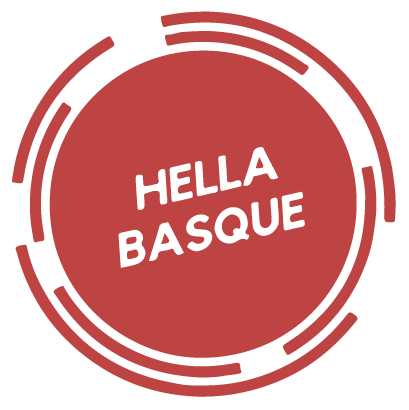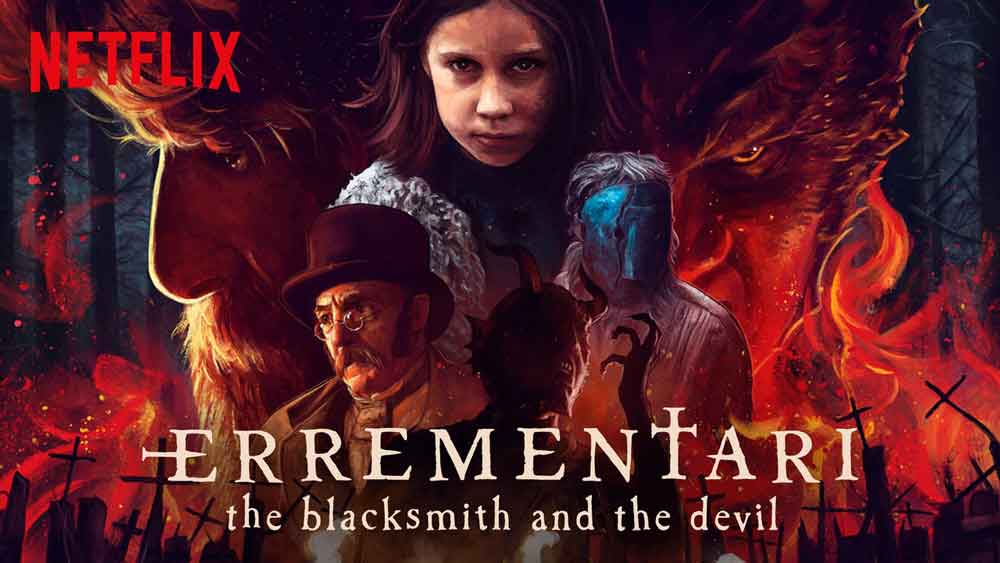
by Anne-Marie | Jan 30, 2019 | Culture, Entertainment |
They say a great way to learn a language is to watch movies. Immerse yourself in that language and get the hang of it.
Unfortunately in the United States, there aren’t too many places to immerse yourself in Euskara and even fewer opportunities to see movies in Euskara. But what do most of us have right at home? Netflix.
I looked into what Basque movies are on American Netflix, and it turns out there are quite a few more options than I expected. Only two are actually in Euskara, but there is a decent selection of Basque-themed movies in Spanish as well.
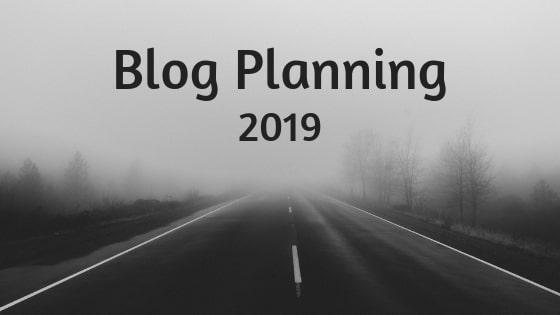
by Anne-Marie | Dec 27, 2018 | Entertainment |
With the new year coming up next week, I’ve been thinking about what direction to take Hella Basque in 2019.
And it occurred to me that the best people to consult on this issue would be you, the readers!
Because if left to my own devices, Hella Basque would just be a collection of rants about my Aita and the Basque news articles I’m reading.
I mean, I can still do that if you want.
But I figure you might have more varied interests than I do that could make Hella Basque better. More engaging, more interesting, and more helpful to the Basque American community online.
So I came up with this survey to condense all of my thoughts on what types of content to create in 2019 and ask you directly what you think.
Please take a couple of minutes to fill it out. I want to make this website better for you.
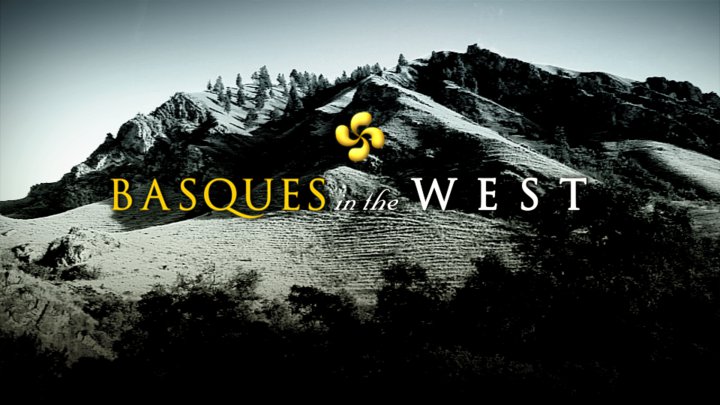
by Anne-Marie | Dec 13, 2018 | Entertainment |
A couple of weeks ago, a new Basque documentary was uploaded to YouTube: Basques in the West. It already has more than 1,700 views!
My parents religiously watch Family Feud every night after dinner, but for one evening last week, they allowed my sister to connect her computer to the TV and put on this film. Our first family movie night in years!
And it was well worth it. The documentary features lots of interviews with Basque immigrants and their descendents around the American West, with a particular focus on Idaho.
You know I love interviews. There’s nothing better than first-hand accounts to learn about Basque immigration.
So I’m excited to share that today we have the opportunity to hear from Basques in the West’s co-director, main producer, and writer, Amaya Oxarango-Ingram.
I wanted to learn more about the documentary and how it all came together. I also especially love learning from creative people about what motivates them, and what the process is like to go from having an idea to creating an amazing piece of work that benefits the community.
What follows is an interview I conducted with Amaya about Basques in the West.

by Anne-Marie | Nov 8, 2018 | Entertainment, History |
I fell down a rabbit hole on the internet this week.
You know when you search for one thing and then end up spending hours clicking link after related link?
That’s what I’ve been doing with Basque sheepherding videos.
I love learning about my Basque heritage but especially when it comes to Basques in the United States. And for a lot of our family histories, that means tracing our roots back to Basque sheepherders in the West.
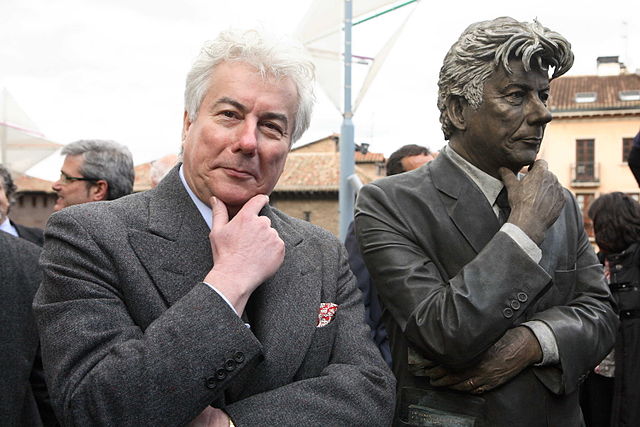
by Anne-Marie | Oct 16, 2018 | Entertainment |
British author Ken Follett has sold more than 160 million copies of his thrillers worldwide over a career that has spanned these past 50 years. Known for keeping his readers on the edges of their seats through historical novels, Follett’s most popular novel, The Pillars of the Earth, has been translated into over 30 languages alone.
The Pillars of the Earth centers on the building of a cathedral during the Middle Ages in the fictional city of Kingsbridge.
Eleven years ago this month, nearly 20 years after The Pillars of the Earth was published, Follett released a sequel, World Without End. This novel is the second of three in the Kingsbridge series and holds a special connection to the Basque Country.
In the novel, structural problems with the cathedral were inspired by events at the Cathedral of Santa Maria in Vitoria-Gasteiz, the capital of the Basque province of Araba and seat of the Basque Autonomous Government.
According to the Center for Basque Studies, Follett conducted research trips to Vitoria-Gasteiz for the novel and presented the Spanish translation of the book in Vitoria-Gasteiz.

by Anne-Marie | Oct 2, 2018 | Entertainment |
This month marks the 63 year anniversary of when award-winning actor, director, writer, and producer Orson Welles released a documentary series on the Basque Country.
“The Land of the Basques” made up the first two episodes of his Around the World with Orson Welles series for the BBC. Filmed primarily in Iparralde (Northern Basque Country), the documentary provides a brief insight into the Basque people and rural Basque culture in the 1950’s.
Welles attempts to define a Basque, but can mostly only come up with things a Basque is not: French or Spanish. He discusses the French-Spanish border, calling it “more of a theory than a fact” for the people who live in the region.
This is 1955. Dictator Francisco Franco is in power and the border between the two countries is closed, although Welles highlights the active smuggling business across the border. The show also explains how Basques worked together on both sides of the border to hunt pigeons.
Welles touches on the Basque language being banned under Franco. His analysis: “So of course, Basques will be Basques, their language is spoken just a little bit more on the Spanish side.” Indeed, he captures the contrarian spirit and political resistance of the times in such subtleties.

